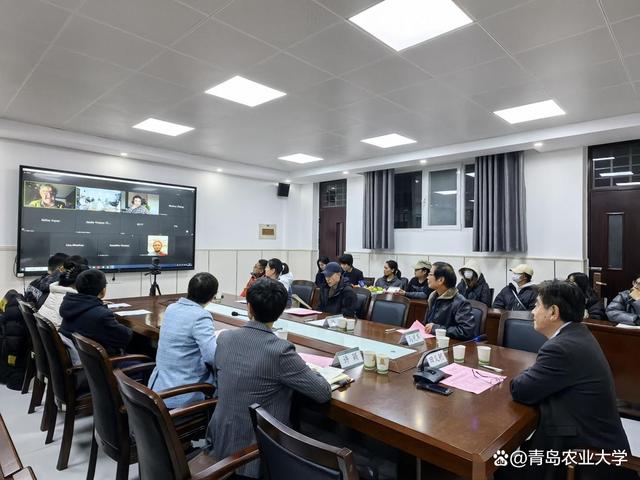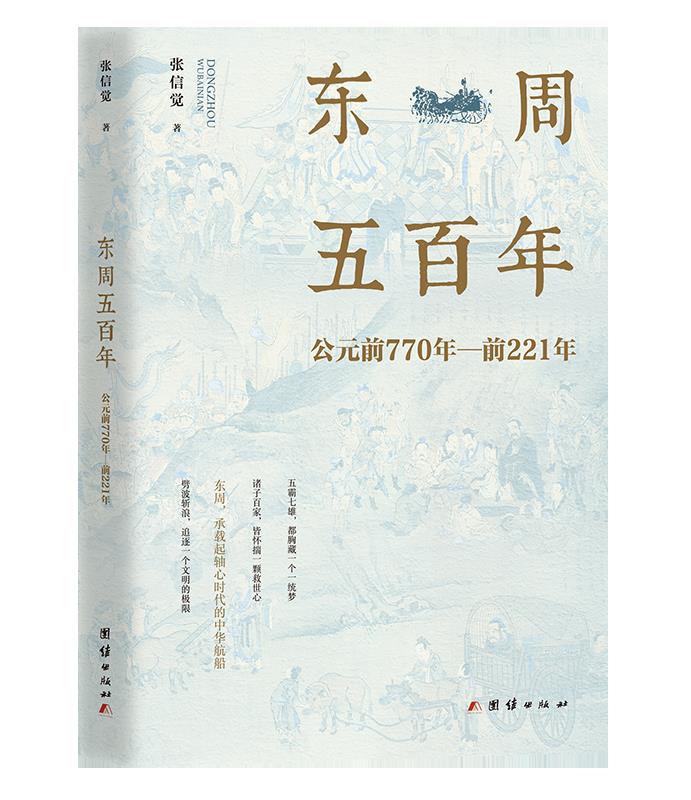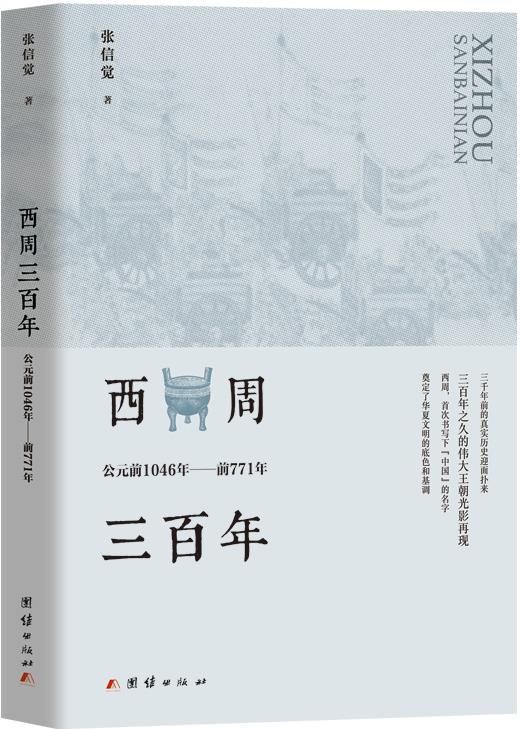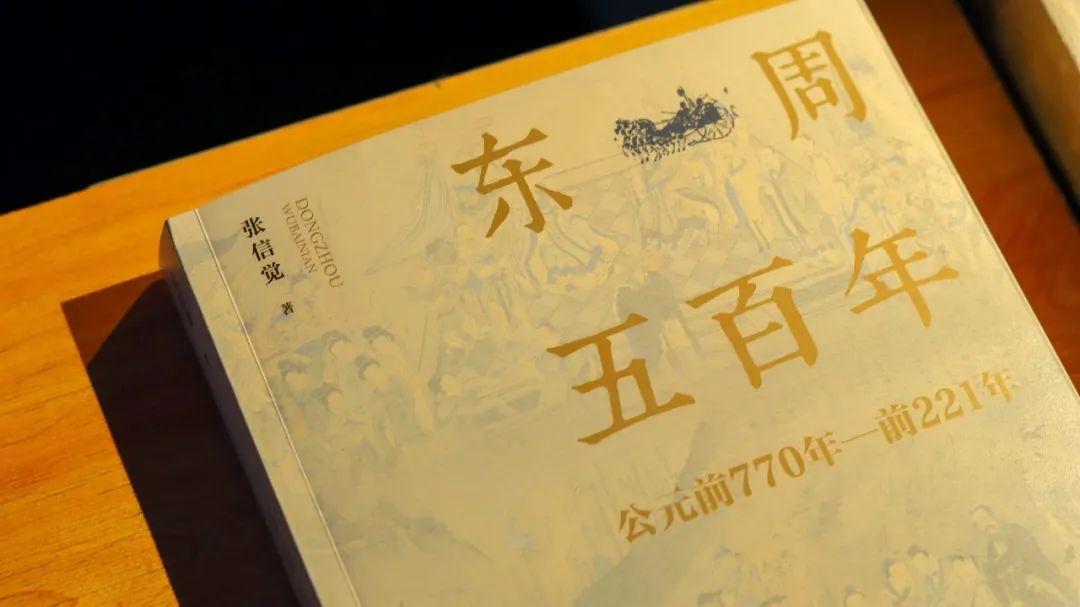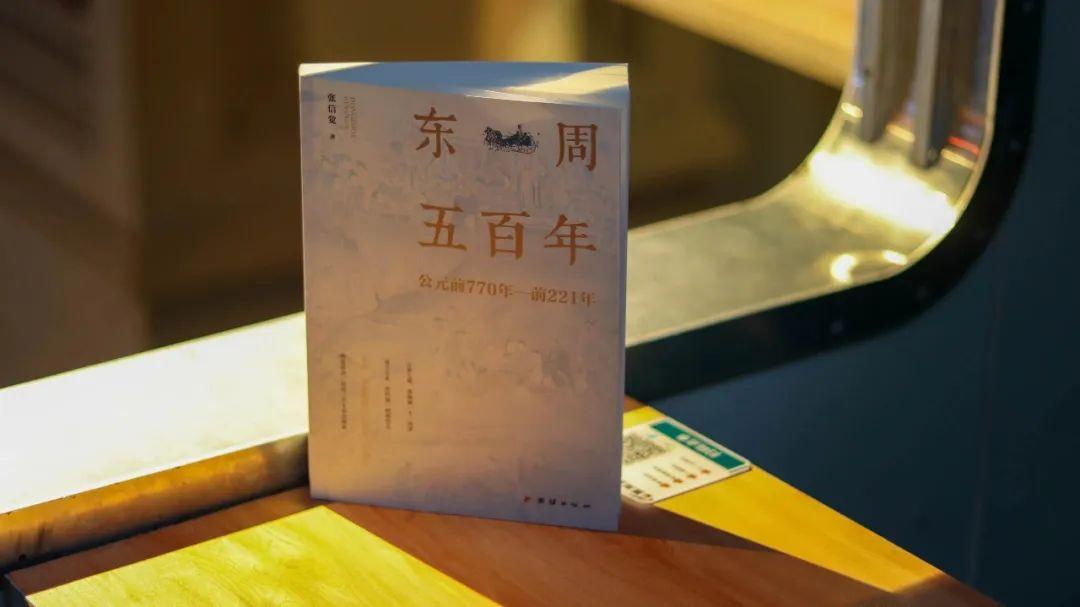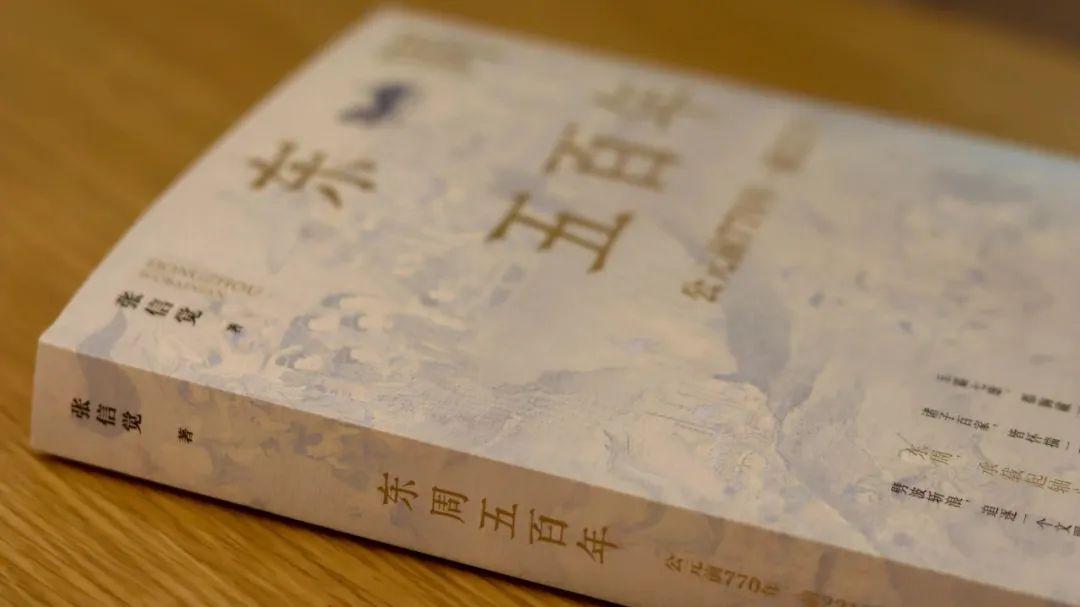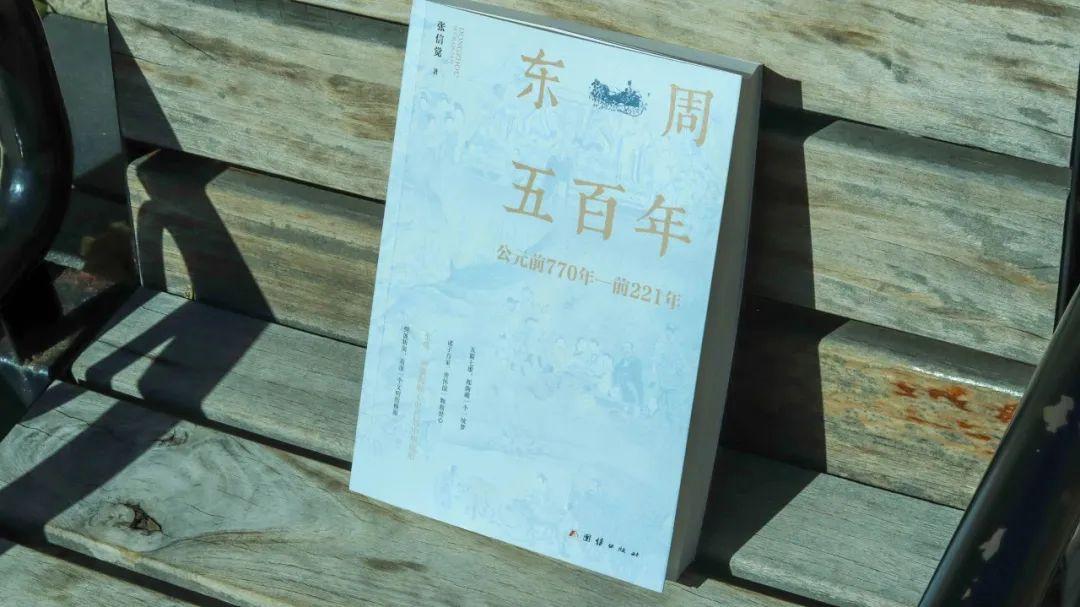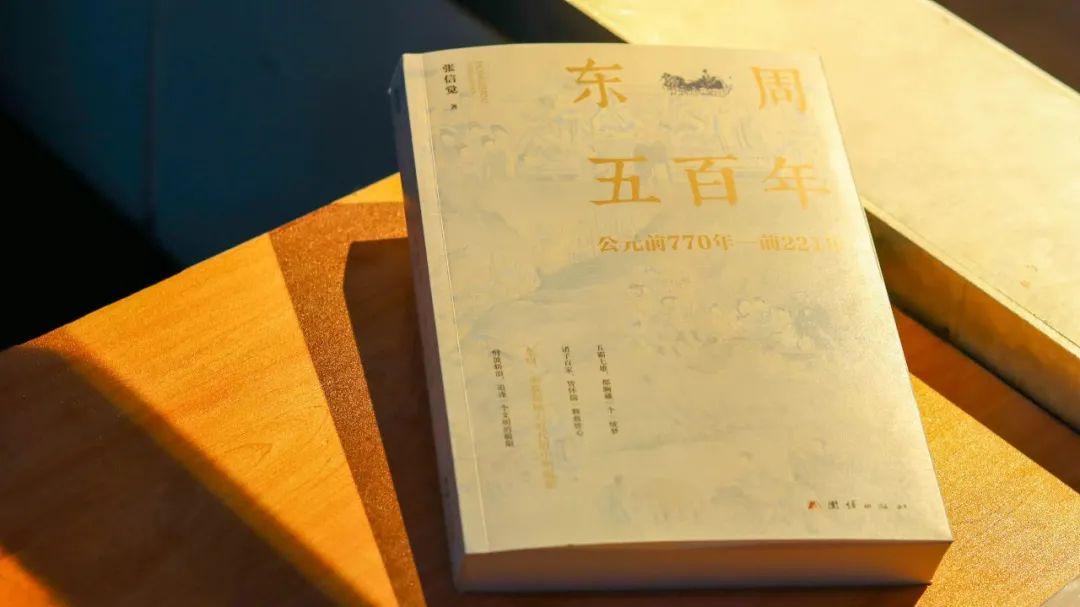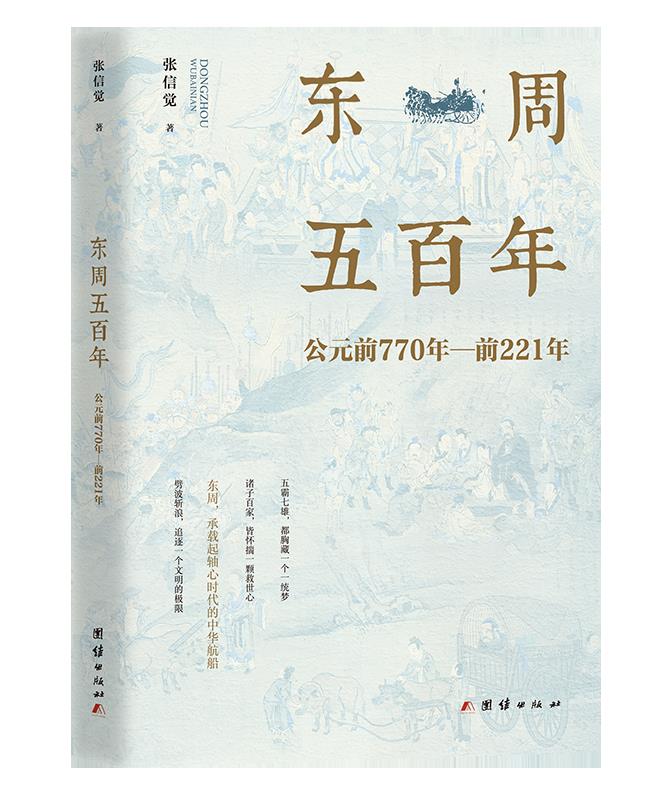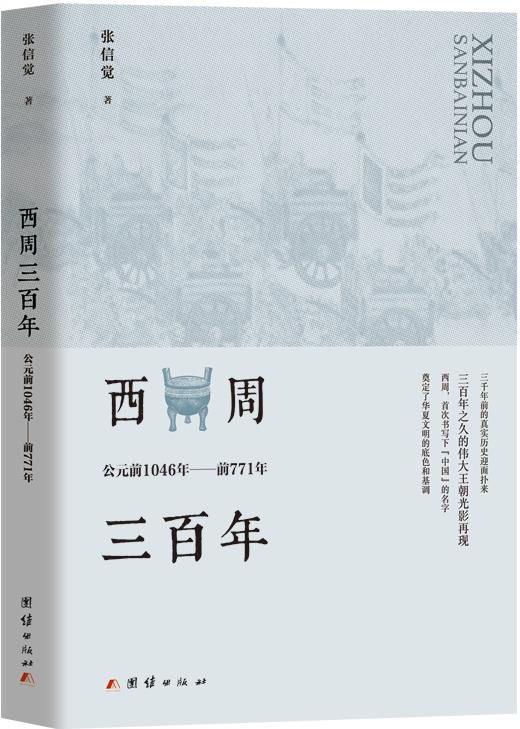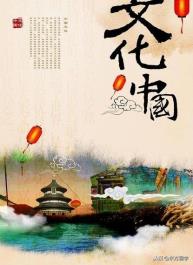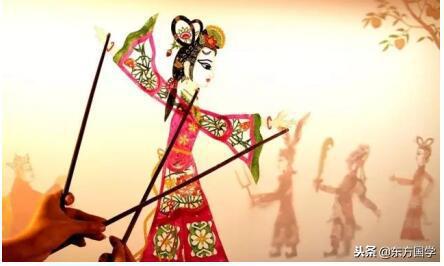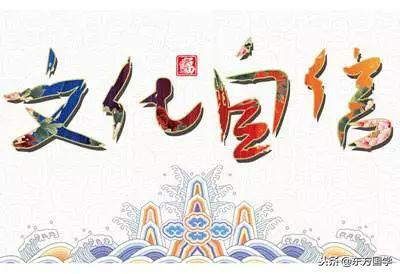
Autumn in October is the most beautiful and lively season in Mount Tai. Many mountaineers will go to Mount Tai with friends on the Mid-Autumn National Day holiday to enjoy the heroic spirit of "Ling Ding, Xiao Tian Xia" and meet "different self".
Let Xiaobian introduce it to you today.
Some dry goods from Taishan tourism
01
Mountaineering route
How many routes are there to Mount Tai? What are the characteristics of each line?
First, the Red Gate Tour Road-the most classic mountaineering route
Second, Tianwai Village Tour Road-the most labor-saving mountaineering route
Third, Dongyudao-a mountaineering route with outstanding natural landscape
Taohuayu Tour Road-the most romantic mountaineering route
◆ Route 1: Hongmen Tour Road-the most classic mountaineering route.
Hongmen Tour Road (hiking into the mountain, 5: 00-24: 00), starting from Daimiao (8:00-17:30, in which tickets are closed at 17:00), is a classic mountaineering route with the most concentrated human and natural landscape on Mount Tai, and it is also the essence of Mount Tai, with a total length of 9.5 kilometers and 7863 steps. Emperors in the past dynasties all climbed mountains here, and this route is also called Taishan Imperial Road. On the way, the trees are lush, the stairs spiral up, the peaks are beautiful and beautiful, and there are many cultural relics. There are 8 ancient temples, more than 200 steles and more than 300 cliff carvings, which can fully experience the charm of traditional culture.
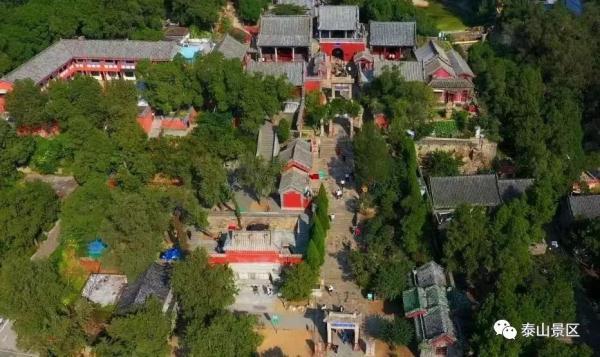
Route: Daimiao-Daizongfang Arch-Hongmen Palace-Wanxianlou-Doumu Palace-stone valley-Hutian Pavilion-Huimaling-Zhongtianmen-Kuaile Sanli-Yunbu Bridge-Wudaosong-Eighteen Plates-Nantianmen-Tianjie-Bixia Temple-Tangmoya Cliff.
Tour itinerary:
Buy tickets online or in Hongmen Square and Wanxianlou, and walk along the stone steps. If you feel tired and exhausted, you can take the cable car at Zhongtianmen to Daiding.
Cost and time required:
Admission to the mountain: 115 yuan
Zhongtianmen-Nantianmen cableway: 100 yuan/one way.
It takes about 3-6 hours to walk from the foot of the mountain to Daiding.
1. The whole journey is 9.5 kilometers, with 7863 steps, during which there are few flat roads.
2. After getting off at Taishan Railway Station, you can take bus No.3 to Hongmen. After getting off at high-speed railway station, Tai ‘an, you can take bus No.37 to Hongmen, or take the through train of No.61 "Tai ‘an High-speed Railway Station-Taishan Scenic Area" to the starting point of Hongmen Mountain climbing.
3. You can also take Daimiao as the starting point of mountaineering. Take bus No.4 and No.15 from Taishan Railway Station to the south gate of Daimiao. After visiting Daimiao, head north for 1.2 kilometers to Hongmen.
Tips:
1. It is highly recommended to climb Mount Tai for the first time. Climbing Mount Tai has not been through this route, and it is not really a visit to Mount Tai.
2. It takes about 4-6 hours for adults to climb to the top of the mountain on foot from Hongmen. You can also start the tour from Dai Temple, which takes an extra 1-2 hours.
3. If you climb the mountain on foot all the way, it will be a test of physical strength and perseverance. If you are exhausted during the climbing, you can transfer to the ropeway at Zhongtianmen to reach the top of the mountain.
4. You need to book tickets early. As of September 26th, the tickets for the night time five days before the Mid-Autumn National Day holiday (September 29th to October 3rd) have reached the limited threshold and ticket sales have been suspended. If you don’t get the tickets, you should choose to climb the mountain in the daytime.
◆ Route 2: Tianwai Village Tour Road-the most labor-saving mountaineering route
Tianwai Village Tour Road (6: 00-21: 00 by car), starting from Tianwai Village Square, is the most convenient, time-saving and labor-saving mountaineering route. The mountaineering route is divided into two sections: the first section is the Panshan Highway from Tianwai Village to Zhongtianmen halfway up the mountain, with a distance of 14.35 kilometers, and the traffic time of the scenic spot is about 30 minutes. There are many natural landscapes and historical sites along the way, so you can enjoy the beautiful scenery along the way with the car; The latter part is from Zhongtianmen to the top of the mountain. You can choose to climb the mountain on foot (about 2 hours) or take the cableway (about 15 minutes).
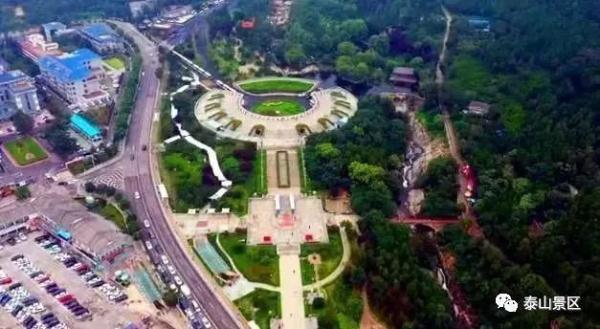
Route: Tianwai Village Tourist Center-Longtan Reservoir-Bailongchi-Heilongtan-Chikurinji-Huangxihe Reservoir-fan cliff-Aolaifeng-Zhongtianmen-Cableway-Nantianmen-Bixia Temple-Yuhuangding.
Tour itinerary:
Buy entrance tickets in Tianwai Village, take a bus to Zhongtianmen, and you can choose to walk or take a cableway to Daiding.
Cost required:
One-way bus ticket to Tianwai Village: 35 yuan/person.
Admission: 115 yuan/person
Zhongtianmen-Nantianmen cableway: 100 yuan/one way.
tips:
1. Although this route is labor-saving and convenient, at the expense of many scenic spots, it is suggested to climb to the top of Mount Tai on foot after arriving at Zhongtianmen by bus, so as to enjoy more beautiful scenery of Mount Tai.
Relatively speaking, this route is more suitable for families with children or the elderly.
◆ Route 3: Dongyudao-a mountaineering route with both natural and human landscapes.
The whole journey of Dongyu Road is about 5 kilometers, with more than 4,000 steps. Compared with the climbing route of Hongmen Middle Road, the slope is gentler, and it is more comfortable to pass, which is suitable for walking slowly. Along the way, there are Qingyang Hall, Hanquemen, Qitian Pavilion, east door, Ziqi Pavilion, Yudao Stone House and other scenic spots. Taishan Scenic Area has also built supporting management rooms and four public toilets along Dongyu Road, and placed more than 50 garbage bins, and implemented projects such as communication, video surveillance, water supply, sewage treatment, greening and fire isolation network, so that tourists can swim in Dongyu Road with peace of mind.
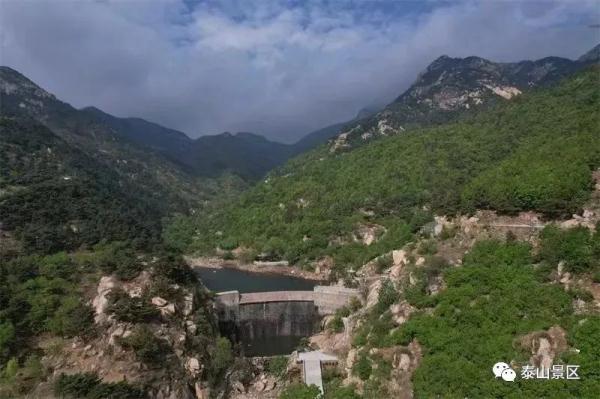
Route: Shangliyuan Village-Weiyang Lake-Qingyang Hall-Hanquemen-Yudao Stone House-Qitian Pavilion-east door-Ziqi Pavilion-Zhongtianmen.
Tour itinerary:
Buy entrance tickets at Dongyudao and walk directly to Zhongtianmen. After arriving at Zhongtianmen, you can take a cable car directly to Daiding, and you can climb to Daiding on foot at Zhongtianmen.
Tips:
1. You can take bus K30, K37 and K19 to the entrance of Shankou (Shangliyuan Village), but it will stop running around 5 pm. Please pay attention to tourists.
2. For tourists who have visited the traditional route, you can try to choose this route, so that you can enjoy more of the original natural landscape of Mount Tai.
Tips:
Compared with the first two hiking routes, the tourist service facilities along this road are slightly insufficient, so you need to bring your own food and water to go up and down here.
◆ Route 4: Taohuayu Tour Road-the most romantic mountaineering route Taohuayu Tour Road (7: 00-17: 00 by car and 8:00-16:00 by foot), which starts from Taohuayu Tourist Center and is located at the west foot of Mount Tai. The mountaineering location of this route is far from the urban area, which is more suitable for self-driving tourists.
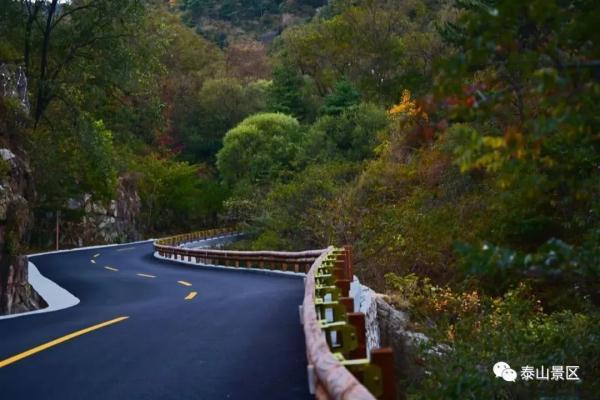
Route: Taohuayu Tourist Center-Diaoyutai-Bifeng Temple-Caishi Creek-Chilin Creek-Hongyuchuan-Taohuayuan Cableway
Tour itinerary:
Buy entrance tickets at Taohuayu Tourist Center, take a bus to Taohuayuan Cableway Station, and then transfer to the cable car to Daiding.
Cost required:
Taohuayu one-way ticket: 35 yuan/person
Admission: 115 yuan/person
Taohuayuan cableway: 100 yuan/one way.
Tips:
There are relatively few tourists on this route, and the sightseeing environment is relaxed. If you choose to walk into the mountains, you can enjoy the 2.8 billion-year-old geological wonders of the world-the colorful stone stream and the Taishan elf "the fish in the forest" at close range. However, there is a big gap between the cableway and the ground, so tourists who are afraid of heights or have heart diseases should take the cableway cautiously.
02
Matters needing attention in climbing Mount Tai
After choosing the mountaineering route, it is necessary to confirm the mountaineering time. Reminder: Tickets for Mount Tai during the holiday period are all online (including three hiking routes and two bus routes). Please pay attention to the "Mount Tai Scenic Area" WeChat WeChat official account "WeChat Ticket Purchase" column to make an appointment as soon as possible. To climb Mount Tai, please be sure to bring your resident ID card to check in at the reserved time and the reserved entrance to the mountain pass. If you change the admission time or place temporarily, you must refund the ticket through the original channel and make a new appointment. Please don’t make an appointment to buy tickets on the unofficial ticketing platform, so as to avoid property damage and inability to enter the park. I also remind you to participate in high-risk projects such as adventure, water climbing and night climbing carefully according to your age, health and physical fitness, and try to choose mountain climbing during the day.
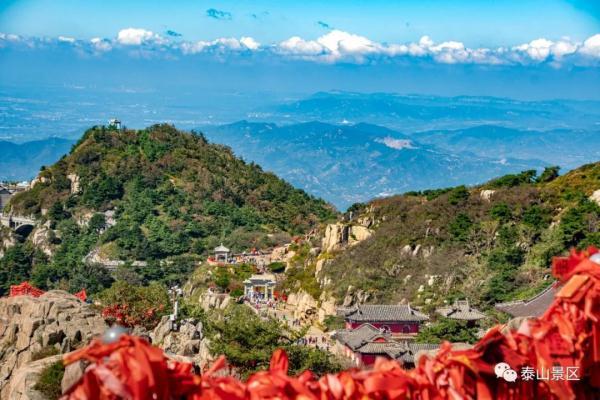
Don’t worry about parking! When you arrive in Tai ‘an City at the foot of Mount Tai, you can open WeChat or Alipay to search for the "Taishan Easy Stop" applet, with clear berth, one-click navigation, convenience and practicality. In case of suspension of ticket sales and mountain entry in Taishan Scenic Area, we sincerely invite you to visit other scenic spots around Taishan.
03
Climb Mount Tai to watch the sunrise.
Here, I would like to briefly introduce the five wonders of Mount Tai: the rising sun, the jade plate in the sea of clouds, the sunset glow, the golden belt of the Yellow River and the precious light of Mount Tai. One of the top five wonders of Mount Tai is the rising sun. The beautiful scenery at sunrise is touching, and it is also an important symbol of "the first mountain in the world".
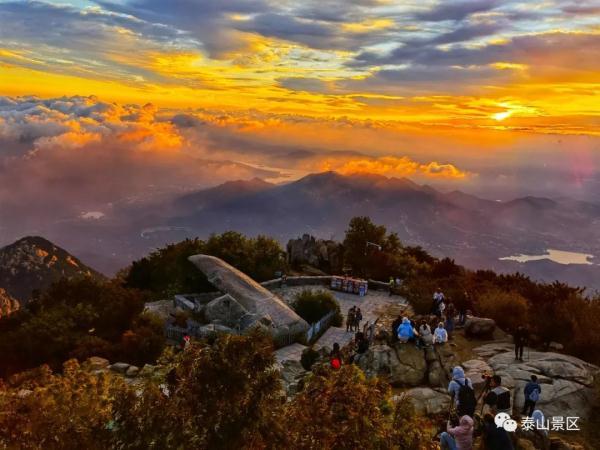
There are two ways to enjoy the rising sun on Mount Tai:
One is to stay in a hotel on the top of Mount Tai (there are only more than 900 beds in the hotel on the top of the mountain, which needs to be booked early), and get up early the next day to watch it directly at the top of the mountain.
The second is to climb the mountain from the [Red Gate Tour Road] in the middle of the night. After arriving at the top of the mountain in about 5 hours, you can watch the sunrise after a short rest.
The two ways have their own advantages and disadvantages. The advantage of living at the top of the mountain is that you can watch the sunrise without being too tired after getting up. The disadvantage is that the rooms and materials at the top of the mountain are tight, and the cost performance of accommodation is low. Moreover, booking in advance in the tourist season may not necessarily have a room.
However, during the holidays, there are many tourists climbing Mount Tai at night, which are crowded and can’t see the magnificent scenery, so it is not recommended. Of course, you don’t have to worry about safety when climbing Mount Tai at night. You can watch the night view of Tai ‘an city halfway up the mountain. The most important thing is that you can save a lot of money. The disadvantage is that climbing in the middle of the night will consume a little more physical strength, miss most of the scenery, and have an impact on the biological clock in the next few days.
In addition, whether you can see the sunrise is unpredictable, depending on the weather conditions at the top of the mountain, the amount of clouds, the visibility, the size of the wind and many other factors. The temperature at the top of the mountain is about 10 degrees Celsius lower than that at the foot of the mountain. At night, the top of the mountain will feel a little cold. Please refer to the recommendation of mountaineering equipment below.
Recommended equipment for climbing Mount Tai at night:
1. The necessary equipment for climbing Mount Tai at night [warm clothes]. There are stalls for renting warm clothes under the mountain and on the mountain. The good news is: since September 28th, the new version of warm clothing has been on the market, and the whole mountain is "unified rent, unified management and unified retreat", so you don’t have to worry about finding a booth for rent refund! Of course, the original warm clothing-"military coat" will still exist for some time, but the withdrawal of rent can not achieve the whole mountain reunification, please pay attention!
2. [Treadmill] can be purchased selectively. Small roadside stalls on the way to mountain climbing are available for sale, and the price depends on the quality.
3. [Flashlight] Choose to buy or bring your own. The good news is that most road sections have been arranged with low illumination, and it won’t be long before you can ignore the flashlight option.
4. Due to the slightly lower temperature at the top of the mountain, digital products such as cameras, mobile phones and other shooting equipment have degraded battery performance at low temperature, so it is necessary to charge the battery in advance or carry a backup power supply.
5. The food carrying capacity should not be too large. Increasing the load will consume the physical strength of mountaineering, and roadside stalls can be purchased.
The sunrise time of Mount Tai can refer to the following table:
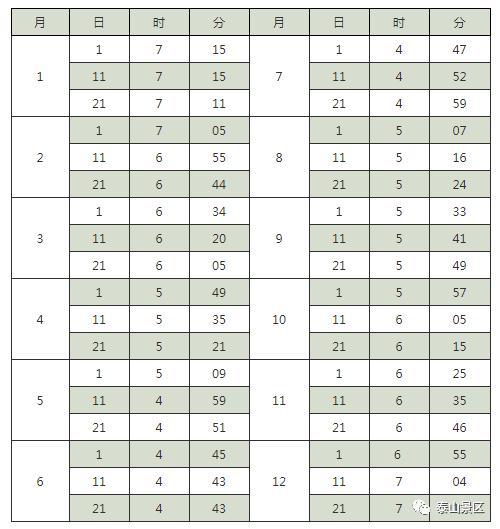
Transfer from: Taishan Scenic Area
Source: Taian police
